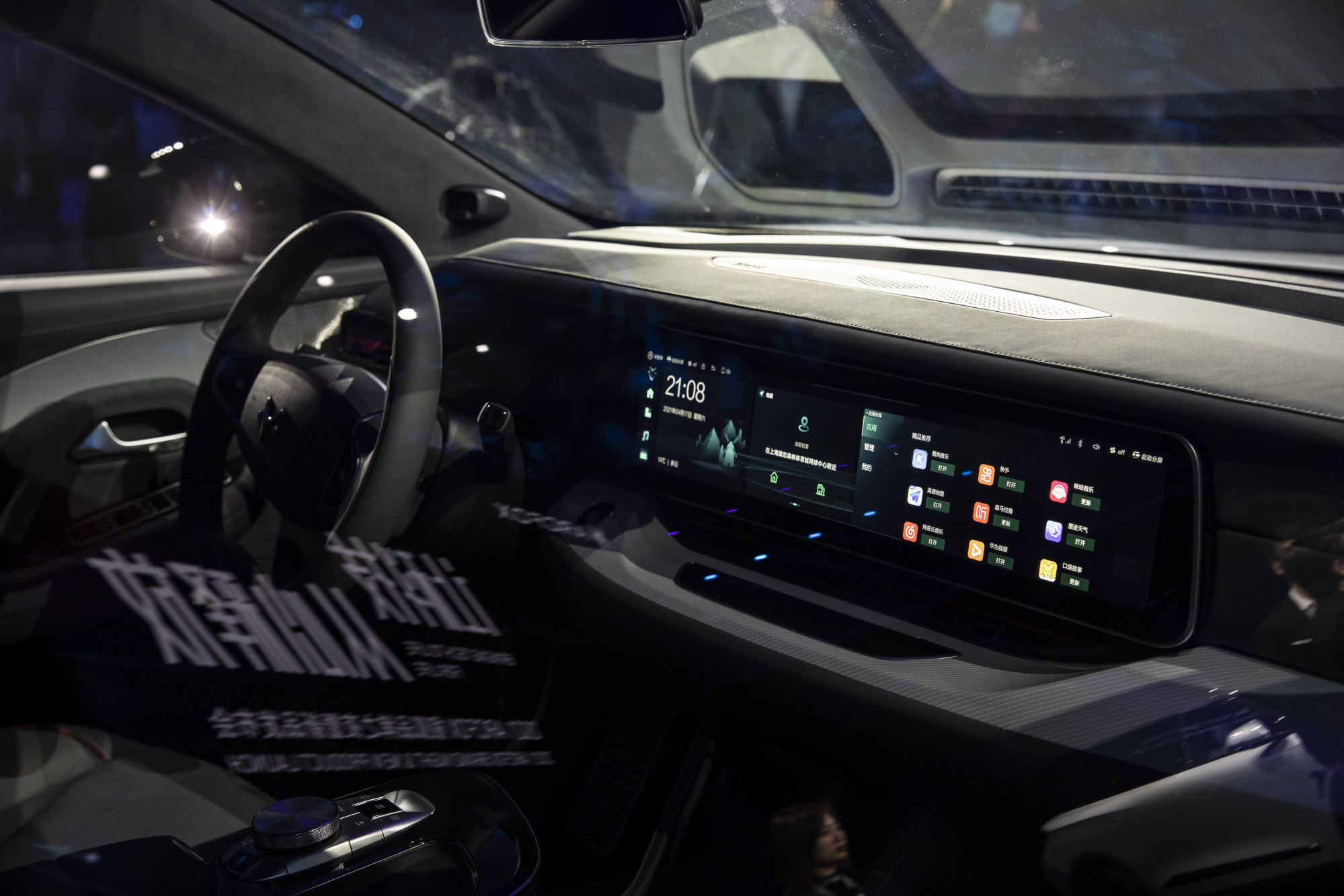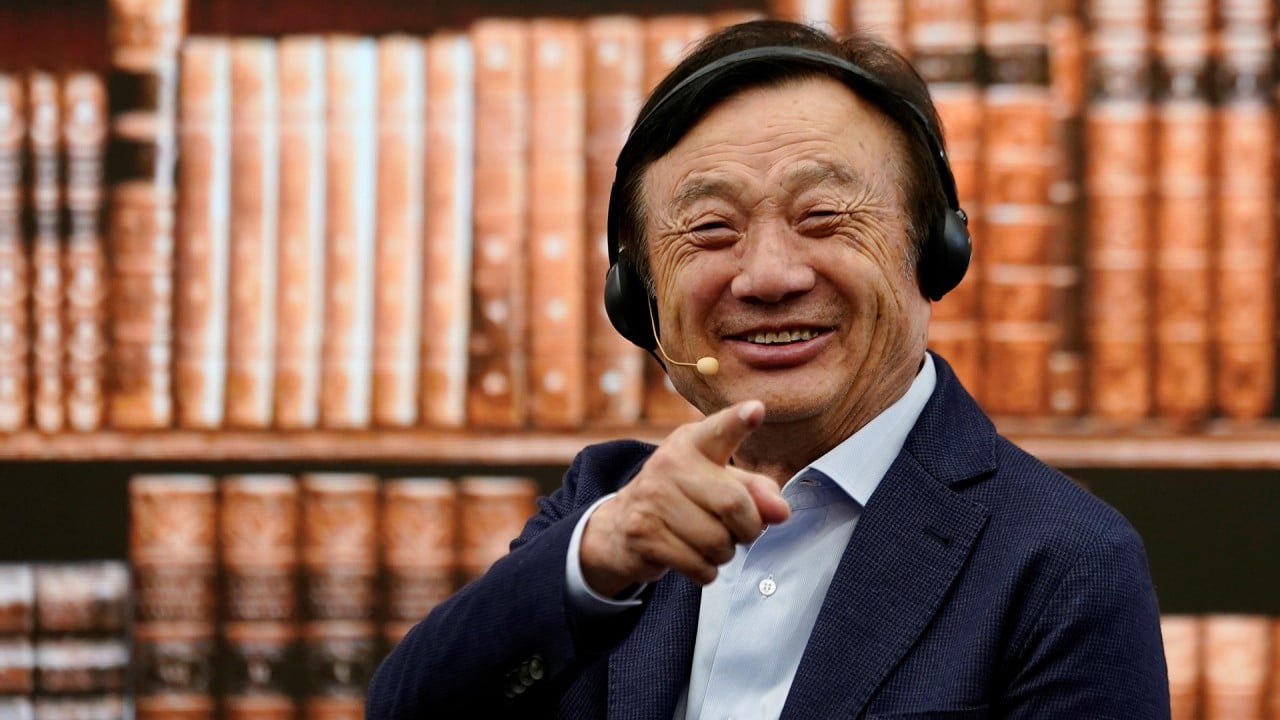
Huawei emphasises supplier’s role as it steps up smart car business with launch of intelligent driving system
- Company unveils Huawei HI intelligent automotive solution
- As a supplier, rather than a competitor, Huawei can tap a variety of carmakers for partnerships in intelligent driving technology: analyst
Chinese telecoms equipment giant Huawei Technologies unveiled its Huawei HI intelligent automotive solution on Sunday.
“A revolution in intelligent cars is looming, and Huawei will constantly conduct technological innovation to brighten the outlook for the sector,” said Wang Jun, president of Huawei’s intelligent automotive solutions business unit.
Wang said on Sunday that Huawei’s intelligent car unit had 5,000 employees dealing with R&D, with 2,000 focusing on autonomous technologies. He, however, reiterated that Huawei would not build cars on its own, and that it was just looking to offer smart car solutions, including hardware components and software, to carmakers around the world.

“By acting as a supplier, rather than a competitor, Huawei can tap partnerships with a variety of carmakers to develop technologies in intelligent driving, which has huge potential in China and the world,” said Gao Shen, an independent manufacturing industries analyst in Shanghai. “The demand for technology solutions is actually quite high in the car making industry.”
Huawei is among a raft of mainland technology behemoths such as Alibaba Group Holding, which owns the South China Morning Post, Tencent Holdings, Baidu and Xiaomi to hop onto the smart car bandwagon. Electrification and digitalisation are viewed as key to the future of cars. Conventional carmakers, electric vehicle (EV) start-ups and technology giants alike are ploughing money and human resources into the development of next-generation cars that will feature autonomous driving and sophisticated in-car entertainment system.
Huawei has struggled after being blacklisted by the US in 2019, and being blocked from using chips made with US technology last year. It is hoping to capitalise on China’s EV market, the world’s largest. More than one million new-energy vehicles, which comprise pure electric, plug-in hybrid and fuel-cell cars, were sold in the country last year. This number is expected to jump about sixfold to 6.6 million units by 2025, according to UBS.


